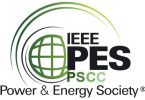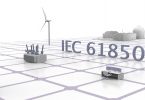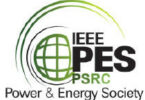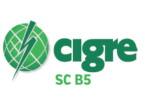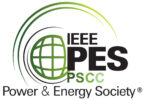by Craig Preuss, Black & Veatch, USA
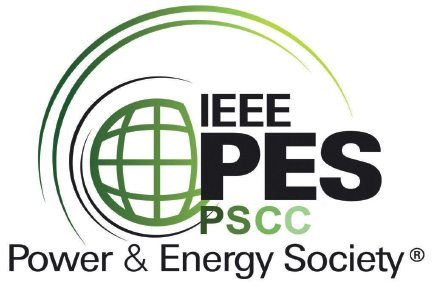
The IEEE Power and Energy Society’s Power System Communications and Cybersecurity Committee (PSCCC) recently approved the creation of the P21 Study Group on “System Architectures Supporting the Virtualization of Substation Protection and Control Applications.” This work was approved by the PSCCC at the January 2021 meeting.
The first P21 Study Group meeting was held at the joint PSRC/PSCCC May Meeting held virtually. The P21 assignment is to investigate whether a working group be formed to create a standard document (i.e., IEEE guide, recommended practice, or standard) to address system requirements and architecture for supporting the virtualization of substation protection and cntrol applications.
The P21 study group was initiated in part due to the ongoing work by the H45 working group in the Power System Relaying and Control Committee (PSRCC) to develop PC37.300™ – Guide for Centralized Protection and Control (CPC) Systems within a Substation. This new guide will address centralized protection and control applications and is based upon a previously completed technical report by PSRC Working Group K15 published in 2015 and available from the PSRC Knowledge Base (https://www.pes-psrc.org/kb/published/reports.html). One aspect of a CPC system that the present draft of PC37.300 does not specifically address is the internal hardware architecture, with the expectation that this would be “addressed by the experts to meet the functional requirements described in” PC37.300.
In addition to this work in the PSRCC, the power industry has recently seen other related work to investigate virtualization technologies in substations to support various applications, including protection and control. The Electric Power Research Institute initiated a study in 2019 on what is called the Common Substation Platform (CSP) (https://www.epri.com/research/products/000000003002015877). The concept of the CSP is very similar to that of data centers, only located inside substations to support the applications there using a hardened platform that is capable of surviving the harsh substation environment. According to EPRI’s website, publication in two parts is expected by the end of 2021 that will include the additional results of the utility requirement assessment.
Other related industry work includes that being done by LF Energy, an open source community that for the power systems industry that is hosted within The Linux Foundation. One project underway at LF Energy is the Software Enabled Automation Platform and Artifacts (THerein) (SEAPATH). This project aims to develop an industrial-grade open source real-time platform as a reference design that supports virtualized automation and protection applications from multiple providers.
This industry work points to an emerging disruption in power system monitoring and control: the separation of power system protection, automation, and control software applications from the dedicated hardware that is purpose-built to support them while surviving the harsh substation environment.
Computer hardware supply is becoming available from many sources that is built to survive the substation environment as defined by such standards as the IEEE C37.90™ series and IEEE 1613™. This commoditization of hardware supply facilitates the dependence of the protection, automation, and control applications on specific hardware, supporting its transformation to a virtual environment. With industry standards already applicable to the hardware platform, this leaves the consideration of whether industry standards should be applied to the virtual environment.
The P21 Study Group is looking into the needs for specifying a virtualization platform to support CPC or even non-CPC architectures. Areas being considered include the hardware specification (that should already be covered by existing standards), but also hypervisor specification, computing requirements, protection application requirements, system management and tools specification, user interface specification, and cyber security controls. The P21 Study Group will look at work already underway in PSRCC Working Group H46 that is developing PC37.1.3™ on Human Machine Interfaces and whether cyber security could be addressed by IEEE 1686™ Standard for Intelligent Electronic Devices Cyber Security Capabilities.
Anyone interested in joining the P21 Study Group can contact the chair, Craig Preuss, at preusscm@bv.com. The P21 Study Group initiated by-weekly meetings at the beginning of August in order to complete their work by the Joint Technical Committee Meeting held in January 2022.
Please visit our website at http://sites.ieee.org/pes-pscc/ and follow @IEEE_PES_PSCC on Twitter to keep up with our upcoming meetings and events! We are always looking for new volunteers to work on our many ongoing projects!
Biography:

Craig Preuss – For three decades, Craig Preuss has been working at or with utilities developing experience in distribution engineering, distribution planning, and utility automation. Project experience ranges from the installation of intelligent grid devices on the grid edge, to end-to-end implementation and integration services involving substation automation, volt/VAR optimization, fault location isolation and service restoration, and cybersecurity. Those projects typically include technologies based on IEC 61850 and DNP3 (IEEE 1815). He is presently the chair of the Power System Communications and Cybersecurity Committee and active in many working groups and subcommittees there as well as in the Power System Relaying and Control Committee. Both committees are in the IEEE Power and Energy Society.



